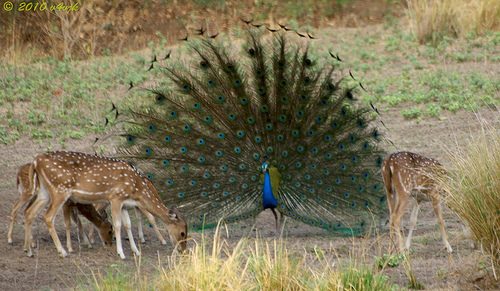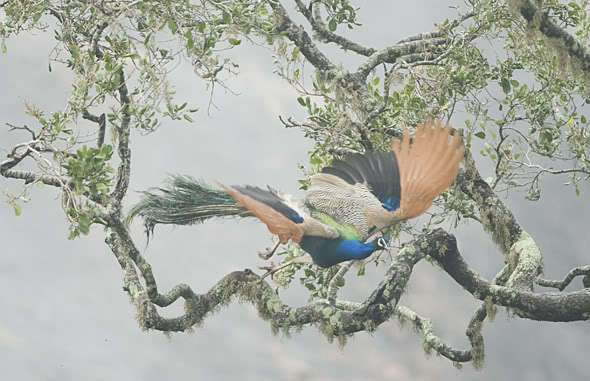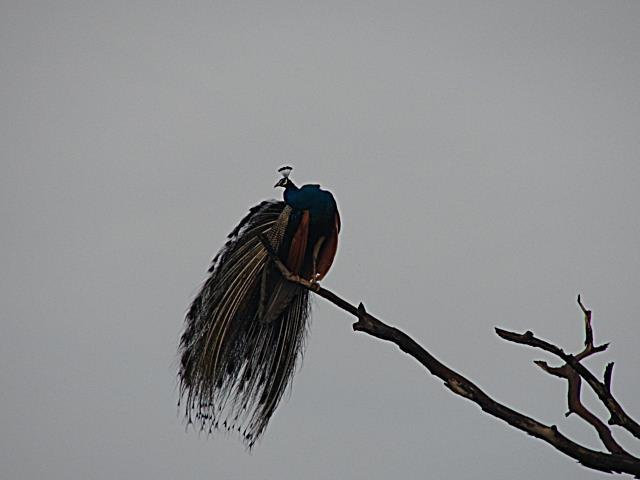


When we think of a peacock something extraordinarily beautiful, even ornamental comes to mind.
No matter the setting, an image of a strutting bird with outspread "tail fan" endures.


In Western Culture the peacock serves as the ubiquitous symbol of vanity. A bird that reveals its plumage for no other reason than admiration. But surely, there must be more to a peacock's life than showing off and boasting of its beauty?










